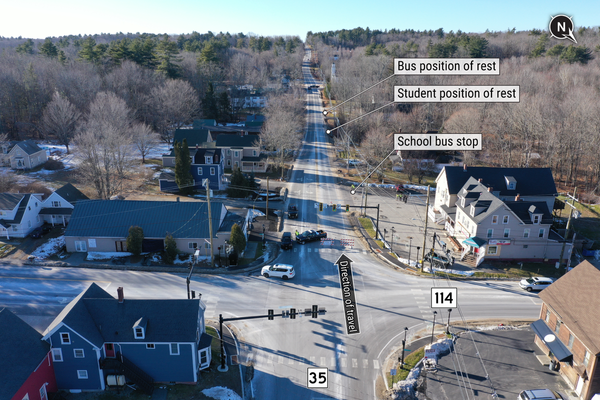
Formula One’s governing body will conduct a thorough review of its procedures in using recovery vehicles on track after drivers reacted with fury when a crane was deployed during the Japanese Grand Prix.
The AlphaTauri driver, Pierre Gasly, narrowly missed the crane while driving at 200km/h and insisted he would have been killed had he struck the vehicle.
The race, won by Red Bull’s Max Verstappen – who also claimed his second F1 world championship at Suzuka – took place in heavy rain with very poor visibility and grip.
The circumstances were similar to those of 2014, when Jules Bianchi hit a crane which was attempting to remove a stricken car and sustained injuries from which he would later lose his life.
The rest of the field except Gasly were behind the safety car on lap two when the crane was used, which is within the FIA’s regulations, however there was an overwhelming belief this was not acceptable.
Ferrari’s Carlos Sainz, whose accident had triggered the recovery, condemned the decision to deploy the crane at all. “Behind the safety car, we’re going at 150km/h, and still we cannot see anything,” he said. “If a driver has small aquaplaning, or gets out of the racing line, and hits a tractor, it’s over. Why risk a tractor on track? They were going to red flag anyway.”
The race was red-flagged just moments after the grid had passed the incident and just as Gasly approached the crane.
The chair of the Grand Prix Drivers’ Association, Alex Wurz, was also blunt in condemning the incident. “I think we need to discuss a tractor on track … we can keep it short: this must NOT happen guys”, he tweeted.
Amid the widespread backlash, the FIA confirmed it will examine its procedures.
I think we need to discuss a tractor on track..... we can keep it short: this must NOT happen guys 🔴
— alex wurz (@alex_wurz) October 9, 2022
“While it is normal practice to recover cars under safety car and red flag conditions, due to the particular circumstances and also taking into account feedback from of a number of drivers, the FIA has launched a thorough review of the events involving the deployment of recovery vehicles during the Japanese Grand Prix,” read a statement.
“This is part of the common practice of debrief and analysis of all race incidents to ensure continual improvements of processes and procedures.”
The deployment of recovery vehicles is strictly at the behest of race control, run by the race director. However, the FIA has yet to confirm why the crane was moved on to the track in such dangerous conditions, while cars were still behind the safety car and when Gasly was circulating away from the pack and at speed, having pitted at the end of the first lap.
The investigation will have to consider whether the use of the crane was authorised by race control or whether marshals trackside were acting on their own initiative. Regardless of the outcome, the anger from drivers suggests the practice will almost certainly be adjusted.
There are also calls to revise the wording of the rules which caused widespread post-race confusion around whether Verstappen had scored enough points to seal his second consecutive title.

The misinterpretation can be traced back to last year’s Belgian GP, which ended in farce when a race was declared and points awarded after only three laps behind the safety car.
That prompted a change in the rules to require a minimum of two racing laps to be completed, and a sliding scale of points applied according to how much of the race distance had been run.
The assumption among teams was that this would apply in Japan because only 28 laps – just over half the distance – were completed, meaning Verstappen would have been awarded only three-quarter points and not have accrued enough to take the title.
However, the actual wording of the regulations states that full points are awarded if the race is concluded, regardless of the number of laps run and, because Sunday’s race did run to the flag after its initial suspension, the sliding scale did not apply.
Based on that interpretation of the wording, full points would be awarded even in the instance that only two racing laps took place to the flag.
Verstappen’s team principal, Christian Horner, was one of several bosses to call out the regulation as not functioning as intended. “I think it’s a mistake that wasn’t included after the issues in Spa last year, that the regulations obviously haven’t been mopped up,” Horner said. “We were under the strong impression that only with 75% of the race [completed] full points will be scored, so we felt we were going to be one point short.”
McLaren’s team principal, Andreas Seidl, was equally unequivocal, and expected the rules to be changed again to correctly apply the sliding scale of points.
“How the points were awarded wasn’t what we all had in mind,” Seidl said. “That wasn’t the intention from the FIA and the team side. It seems like we all overlooked this loophole, and therefore we are all responsible for that. It means we must try to do together a better job next time.”







